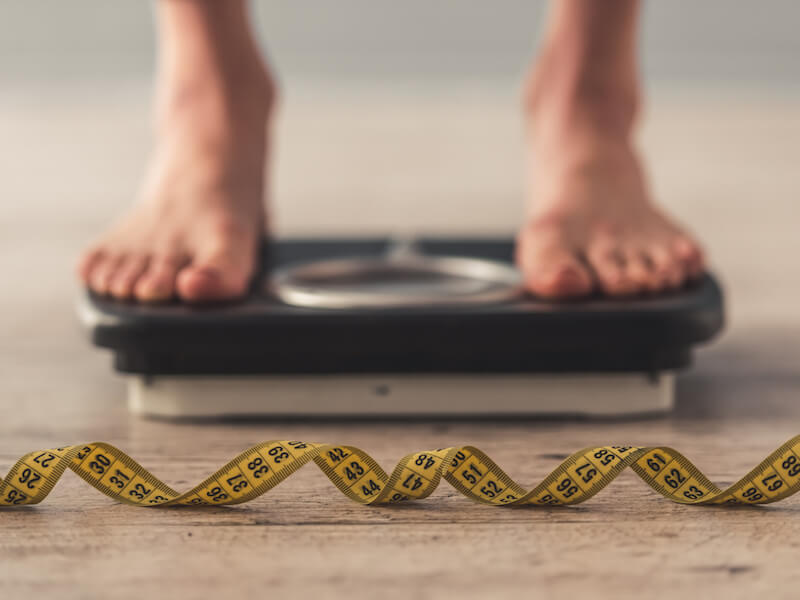
Everyone knows that exercising and keeping yourself in shape is good for your overall health but you might not know that losing weight is also good for your hearing.
Studies have demonstrated that exercising and eating healthy can improve your hearing and that people who are overweight have an increased chance of dealing with hearing loss. It will be easier to make healthy hearing decisions for you and your whole family if you understand these associations.
Obesity And Adult Hearing
A Brigham and Women’s Hospital’s study demonstrated that women with a high body mass index (BMI) were at an increased danger of having hearing loss. The relationship between body fat and height is what BMI measures. The higher the number the higher the body fat. Of the 68,000 women who participated in the study, the amount of hearing loss increased as BMI increased. The heaviest people in the study had a 25% greater instance of hearing loss.
In this study, waist size also turned out to be a dependable indicator of hearing loss. Women with larger waist sizes had a higher risk of hearing loss, and the risk increased as waist sizes increased. And finally, incidents of hearing loss were decreased in individuals who took part in frequent physical activity.
Children’s Hearing And Obesity
A study by Columbia University’s Medical Center demonstrated that obese teenagers had almost double the risk of developing hearing loss in one ear than non-obese teenagers. These children suffered sensorineural hearing loss, which is a result of damage to sensitive hair cells in the inner ear that convey sound. This damage resulted in a decreased ability to hear sounds at low frequencies, which makes it hard to hear what people are saying in crowded settings, like classrooms.
Hearing loss in children is particularly worrisome because kids frequently don’t realize they have a hearing problem. There will be an increasing danger that the problem will get worse as they become an adult if it goes unaddressed.
What is The Connection?
Obesity is associated with several health issues and researchers believe that its connection with hearing loss and tinnitus lies with these health problems. High blood pressure, poor circulation, and diabetes are some of the health problems related to obesity and linked to hearing loss.
The sensitive inner ear contains numerous delicate parts such as nerve cells, small capillaries, and other parts which will stop working efficiently if they aren’t kept healthy. It’s crucial to have strong blood flow. High blood pressure and the constricting of blood vessels brought about by obesity can impede this process.
Decreased blood flow can also damage the cochlea, which receives vibrations and transmits nerve impulses to the brain so you can distinguish what you’re hearing. Damage to the cochlea and the surrounding nerve cells can rarely be undone.
What Should You do?
Women who stayed healthy and exercised frequently, according to a Brigham and Women’s Hospital study, had a 17% lowered likelihood of getting hearing loss versus women who didn’t. Reducing your risk, however, doesn’t mean you need to be a marathon runner. The simple routine of walking for at least two hours per week can decrease your risk of hearing loss by 15%.
Your whole family will benefit from a better diet, as your diet can positively impact your hearing beyond the advantages gained from weight loss. If there is a child in your family who has some extra weight, talk with your family members and develop a routine to help them lose some of that weight. You can teach them exercises that are fun for kids and incorporate them into family gatherings. They might do the exercises on their own if they like them enough.
Talk to a hearing specialist to find out if any hearing loss you might be experiencing is related to your weight. Weight loss promotes better hearing and help is available. Your hearing professional will identify your level of hearing loss and suggest the best plan of action. If needed, your primary care physician will recommend a diet and exercise routine that best suit your individual needs.

